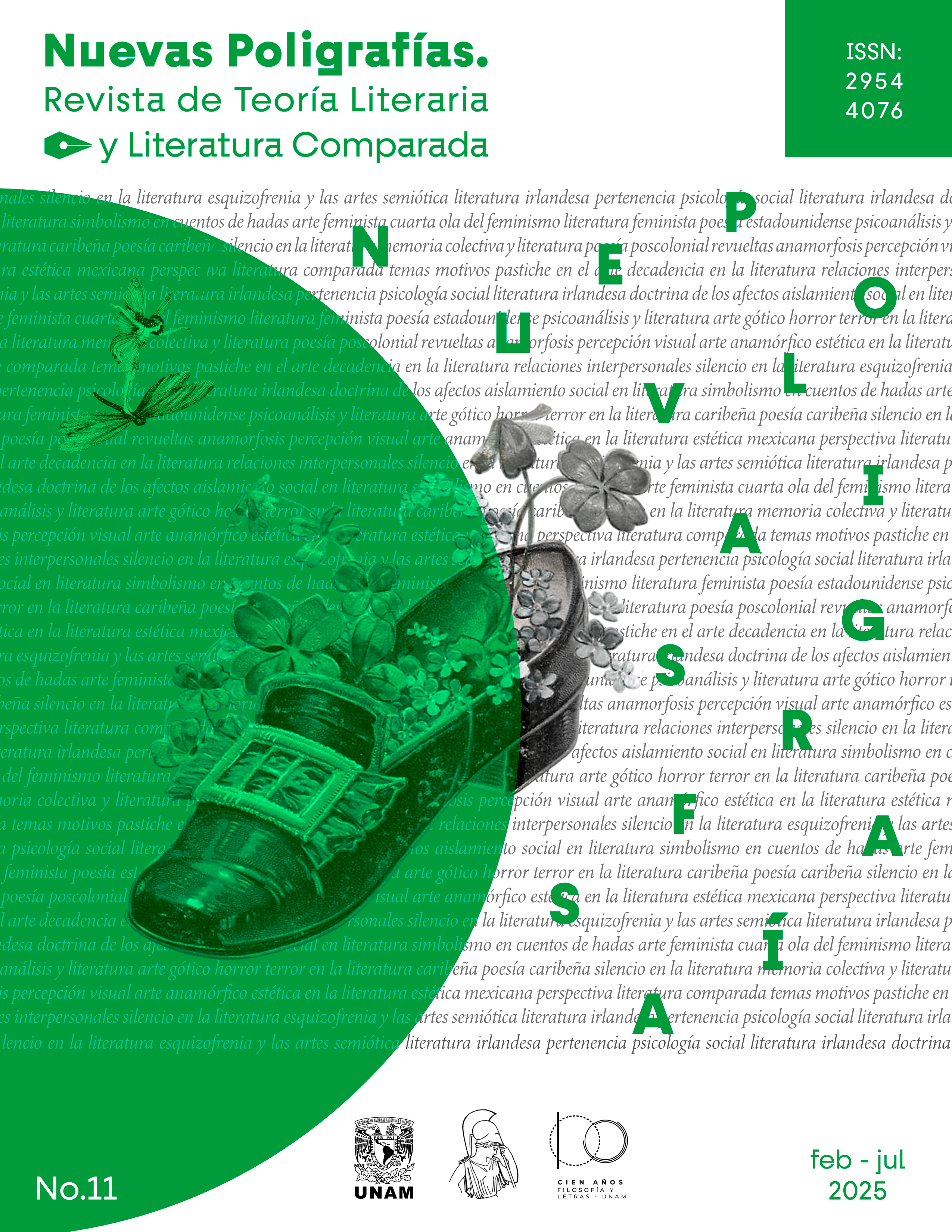My new article, “Estruendos de la mirada: José Revueltas y la anamorfosis”, just appeared in UNAM’s Nuevas Poligrafías: Revista de Teoría Literaria y Literatura Comparada.
This article proposes a study of the gaze and the visible in the work of the Mexican writer José Revueltas (1914-1976) based on an analysis of some of the most recurrent optical devices in his narrative: convex mirrors, the oblique gaze and the eye of the cyclops. These “depraved perspectives” will lead, in the late work written in confinement, to a visual device with deep baroque roots: anamorphosis, a visual device that requires the decentring of the point of view in order to restore the meaning of the image. This tech nique underlines the situated and arbitrary nature of perception, destabilising all ideological coherence. Far from being a mere “metaphysical impertinence,” the aesthetics of anamorphic deformation constitutes one of the main driving forces of Revueltas’ narrative, by positing an irresolvable tension between the im perative of political action and literary imagination. Finally, the article analyses the political and aesthetic implications of these optical devices, proposing that anamorphosis offers a dialectical solution to the ten sion between political commitment and fascination with the criminal underworld. Revueltas’s oeuvre, an unavowed heir to baroque aesthetics, destabilises the visual field and exposes the fracture of the social world, articulating a tragic knowledge that resists the euclidean geometries of power and ideology.

Reference
Colmenares González, D. H. (2025). Estruendos de la mirada: José Revueltas y la anamorfosis. Nuevas Poligrafías. Revista de Teoría Literaria y Literatura Comparada, (11), 105–129.